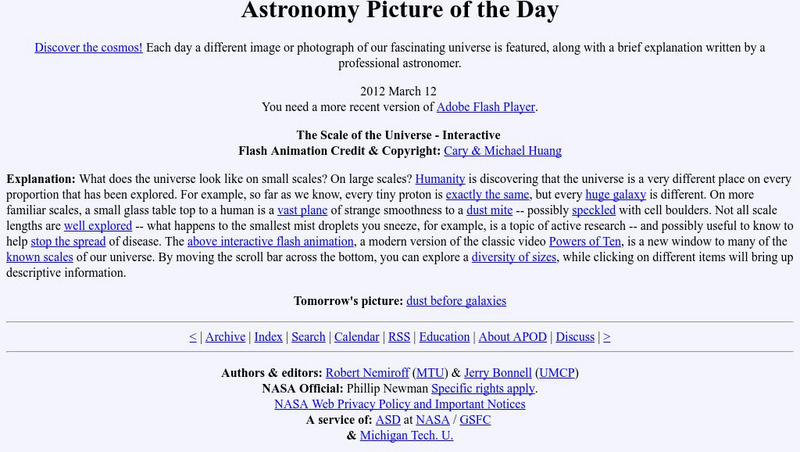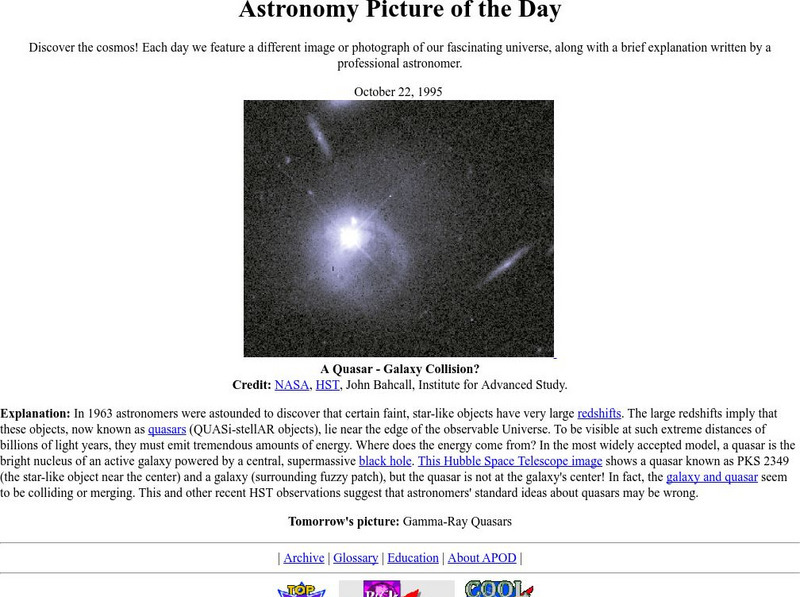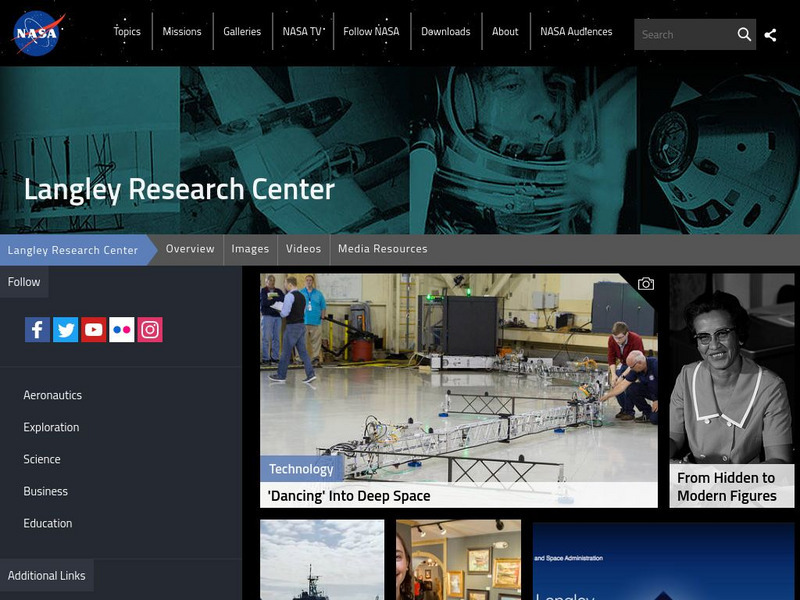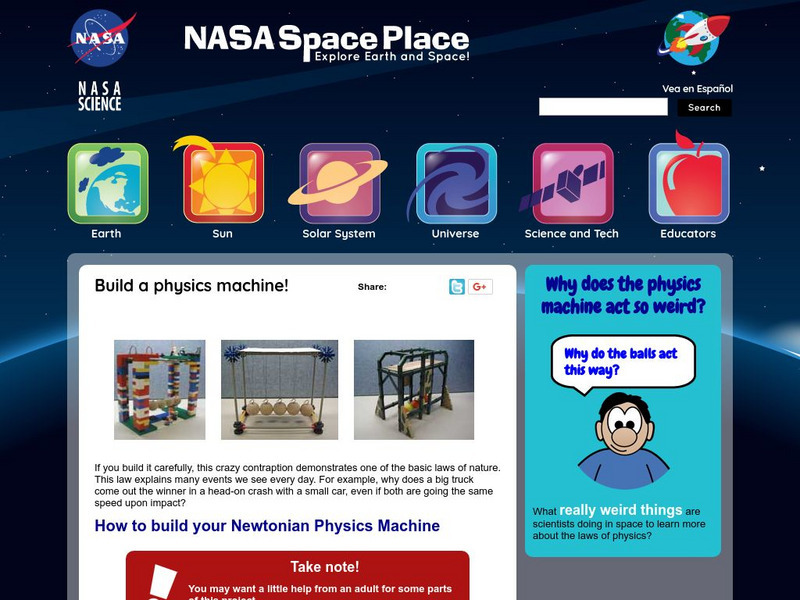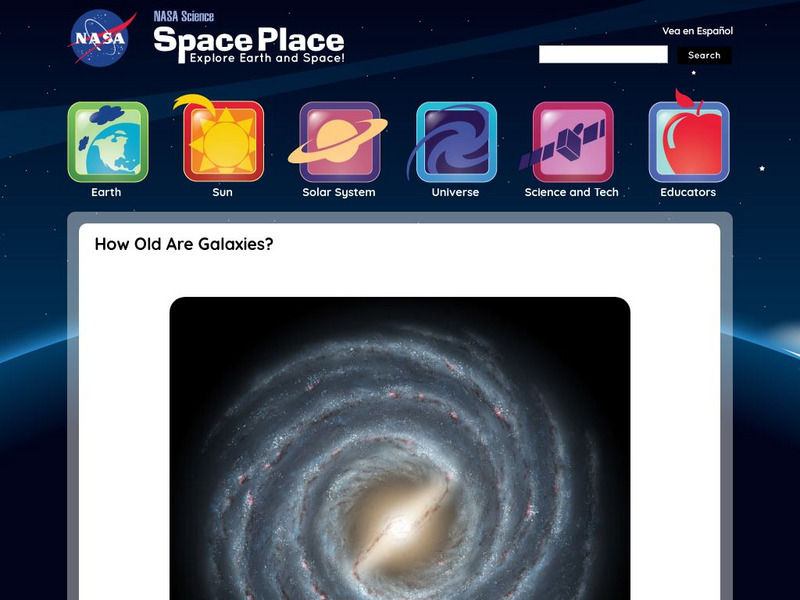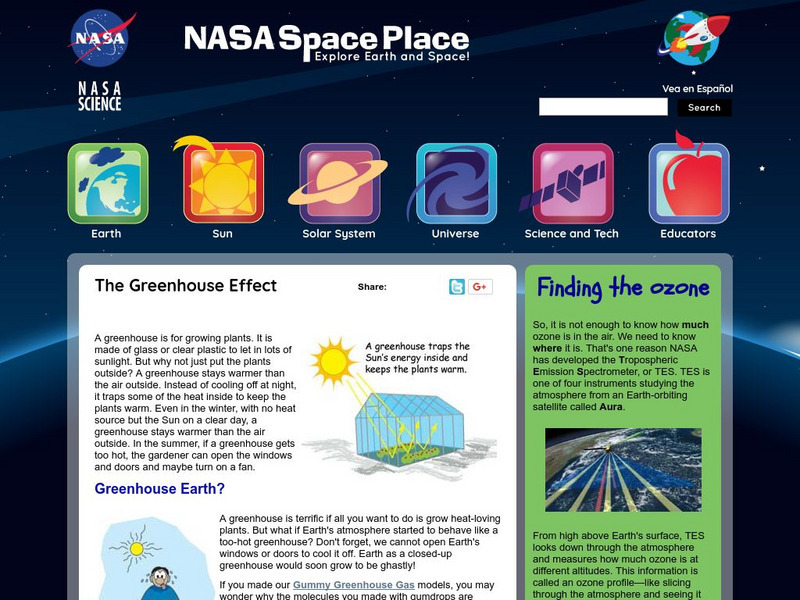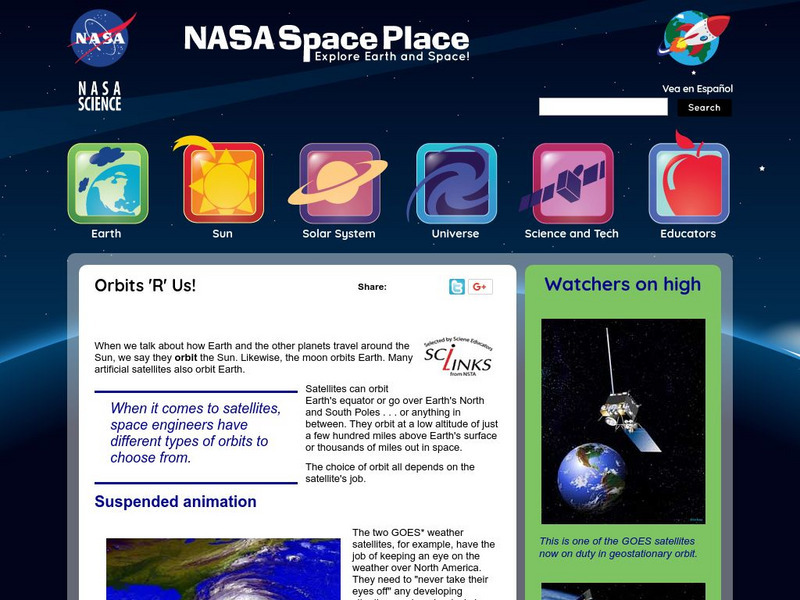NASA
Nasa: Astronomy Picture of the Day: Edwin Hubble 1889 1953
Part of the NASA website, this is a reprint of an article in the Journal of the Royal Astronomical Society of Canada about Edwin Hubble's life and accomplishments, stressing his role in the development of modern astronomy.
NASA
Nasa: Astronomy Picture of the Day:galileo Probe
This image, taken before Galileo left Earth in 1989, was chosen for December 7, 1995, the day that the probe entered Jupiter's Atmosphere.
NASA
Nasa: Astronomy Picture of the Day: Scale of the Universe 2
This stunning interactive allows you to explore everything in this universe by zooming into different objects, organisms, and microscopic matter.
NASA
Astronomy Picture of the Day: Quasar Galaxy Collision
An image of a quasar. The large redshifts imply that quasars lie near the edge of the observable universe and must emit tremendous amounts of energy. There are also many embedded links to related topics.
NASA
Astronomy Picture of the Day: Supernova 1987 A
Details of the brightest supernova of modern times - supernova 1987A in the Large Magellanic Cloud. There are many links for additional information.
NASA
Nasa: The Space Place: Looking for Water Everywhere!
NASA has discovered water in space. This interactive resource allows you to examine the different planets and moons in our solar system to find out where their water is located.
NASA
Nasa: Nasa's Langley Research Center
The Langley Research Center is one of NASA's aerospace technology centers. It includes information on the Research Center, news reports, current research, educational tools, and links to further information.
NASA
Nasa: Climate Kids: Polar Temperatures
What is it that maske the North and South Pole so different? Find out here when you learn about the climates of the poles
NASA
Nasa: El Nino
A concise explanation of El Nino. Discusses global wind patterns and ocean temperatures. Offers interactive weather-related learning activities.
NASA
Nasa: The Space Place: Build a Moon Habitat
Let's go to the Moon! An activity engaging students in creating a moon habitat out of newspaper.
NASA
Nasa: Space Place: How Far Away Is the Moon
Often when we see drawings of the Earth and the moon, they look really close together. Check out this cartoon series that helps illustrate the reality of this concept.
NASA
Nasa: The Space Place: Build a Newtonian Physics Machine
Great hands on way to explain Newton's Second Law of Motion. Choose from three different Newtonian physics machines to build and test Newton's Second Law.
NASA
Nasa: The Space Place: Cosmic Car Crash
Get details about "Deep Impact", Nasa's mission to intercept Comet Tempel 1. The resource includes an animation of the route taken by their probe.
NASA
Nasa: The Space Place: How Old Do I Look?
Find out how the Galex space telescope is determining the age of galaxies using red-shifted light. View pictures taken by Galex. This site also has a game which involves determining the ages of objects.
NASA
Nasa: The Space Place: How Old Do I Look?
Find out how the Galex space telescope is determining the age of galaxies using red-shifted light. View pictures taken by Galex. This resource also has a game which involves determining the ages of objects.
NASA
Nasa: The Space Place: Life in a Greenhouse
Use this website to discover how the Earth acts as a greenhouse due to the production of greenhouse gases. Find out what ozone it, where it's found, and even view a video showing the different concentrations of ozone in the atmosphere.
NASA
Nasa: The Space Place: Orbits 'R' Us
Learn about how Earth orbits the sun and how satellites orbit the Earth. Discover the different types of satellites such as GOES and POES and what they are used to monitor.
NASA
Nasa: The Space Place: Planet X Treme Weather
Ever wonder what the weather is like on other planets besides Earth? This resource explores the extreme weather that occurs on other planets.
NASA
Nasa: The Space Place: What Is a Laser?
NASA resource explores what a laser is as well as how it works. Animations are provided that offer excellent examples of how different light travels.
NASA
Nasa: The Space Place: What's in the Heart of a Comet?
NASA site explores what a comet's nucleus is composed of. Animation and photographs are provided as well.
NASA
Nasa: The Space Place: Why Is the Sky Blue?
Learn about colors of light by exploring how prisms work. Discover the different colors of the spectrum and how the visible light is what we see.
NASA
Goddard Education: Eclipse 99
Information is provided about the eclipse of 1999; in addition, facts about elcipses throughout history are also included.
NASA
Nasa: Discovery Mission: Messenger
The MESSENGER (MErcury: Surface, Space ENvironment, GEochemistry and Ranging) mission is a scientific investigation of the planet Mercury. This site provides information about its mission objectives and management.




